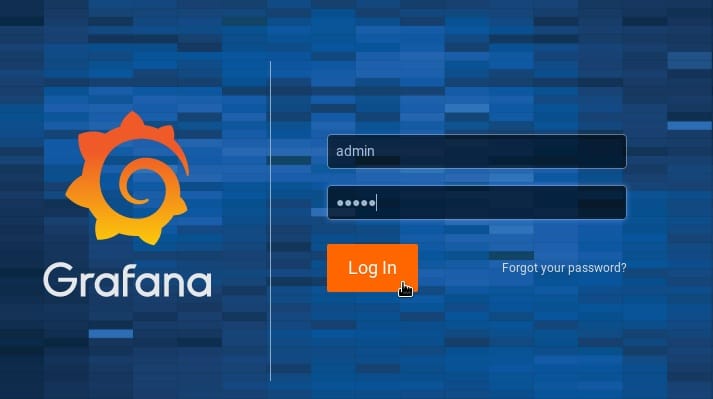
In this tutorial, we will show you how to install Grafana on CentOS 8. For those of you who didn’t know, Grafana is an open-source data visualization and tracking suite. It offers support for Graphite, Elasticsearch, Included, Prometheus, and a lot more databases. The application gives a beautiful dashboard and metric analytics, with the capability to control and create your own dashboard for your own apps or infrastructure performance monitoring.
This article assumes you have at least basic knowledge of Linux, know how to use the shell, and most importantly, you host your site on your own VPS. The installation is quite simple and assumes you are running in the root account, if not you may need to add ‘sudo‘ to the commands to get root privileges. I will show you the step-by-step installation of Grafana on the CentOS 8 server.
Prerequisites
- A server running one of the following operating systems: CentOS 8.
- It’s recommended that you use a fresh OS install to prevent any potential issues.
- A
non-root sudo useror access to theroot user. We recommend acting as anon-root sudo user, however, as you can harm your system if you’re not careful when acting as the root.
Install Grafana on CentOS 8
Step 1. First, let’s start by ensuring your system is up-to-date.
sudo dnf update
Step 2. Installing Grafana on CentOS 8.
Now we add the official Grafana repositories to your local YUM allowed repositories:
sudo nano /etc/yum.repos.d/grafana.repo
[grafana] name=grafana baseurl=https://packages.grafana.com/oss/rpm repo_gpgcheck=1 enabled=1 gpgcheck=1 gpgkey=https://packages.grafana.com/gpg.key sslverify=1 sslcacert=/etc/pki/tls/certs/ca-bundle.crt
Once the repos are in place, run the command below to install the latest Grafana:
sudo dnf update sudo dnf install grafana
To start your Grafana server, simply run the following command:
sudo systemctl start grafana-server sudo systemctl status grafana-server
Step 3. Configure Firewall for Grafana.
Grafana uses port 3000 for Web Administration, as a consequence, the web interface may be inaccessible if you don’t open this port:
sudo firewall-cmd --add-port=3000/tcp --permanent sudo firewall-cmd --reload
Step 4. Accessing Grafana.
Grafana will be available on HTTP port 3000 by default. Open your favorite browser and navigate to http://your-domain.com:3000 and complete the required steps to finish the installation. The default login for Grafana is ‘admin’ and the default password is also ‘admin’.

Congratulations! You have successfully installed Grafana. Thanks for using this tutorial for installing Grafana open-source data visualization on CentOS 8 systems. For additional help or useful information, we recommend you check the official Grafana website.